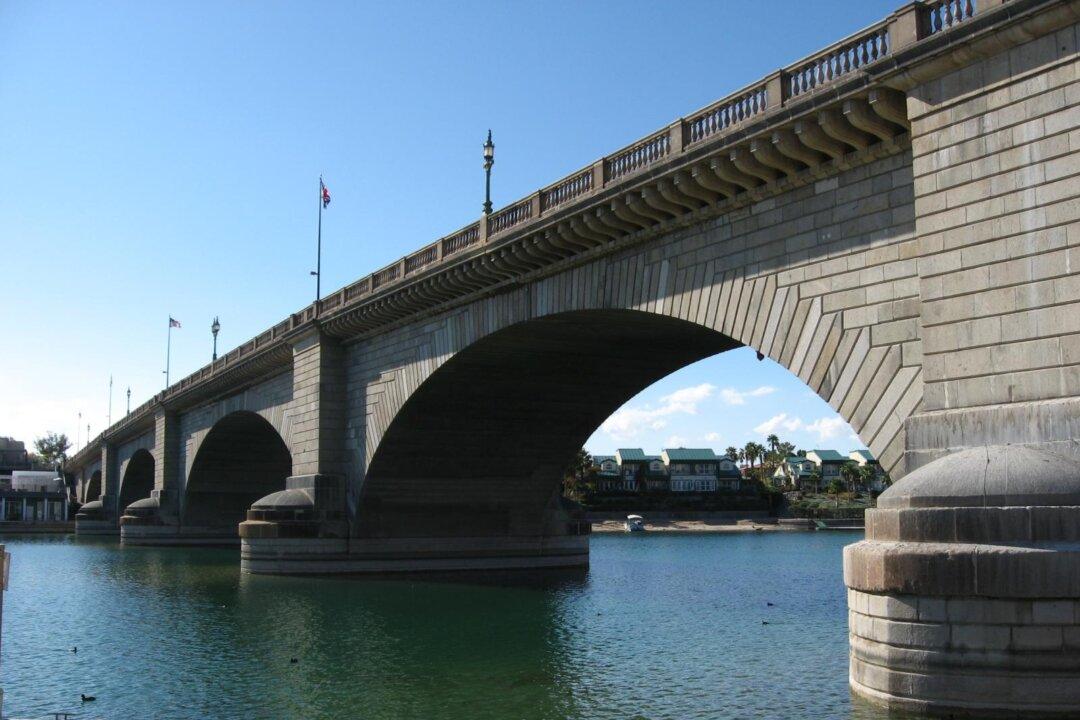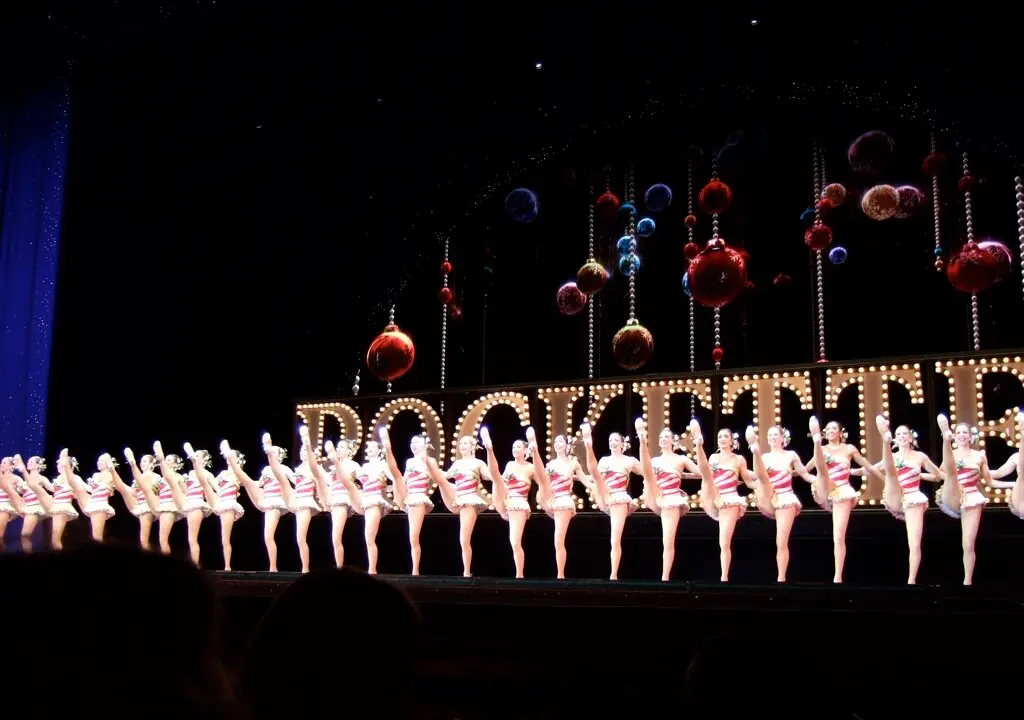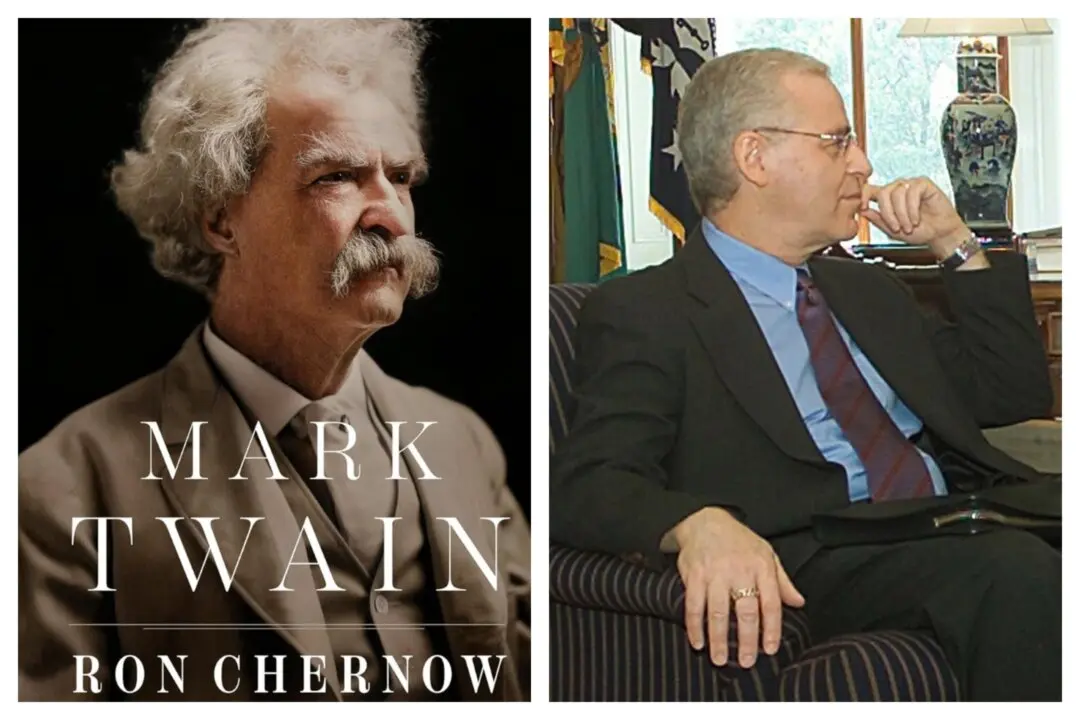Sometimes when people suddenly experience a financial windfall, they immediately rest on their laurels and move into early retirement. Robert McCulloch (1911–1977) was not one of those people.
McCulloch’s grandfather, John Irvin Beggs, had made his fortune through various means, one being implementing Thomas Edison’s electric power stations around the globe. When he died in 1925, his fortune went to his descendants.






